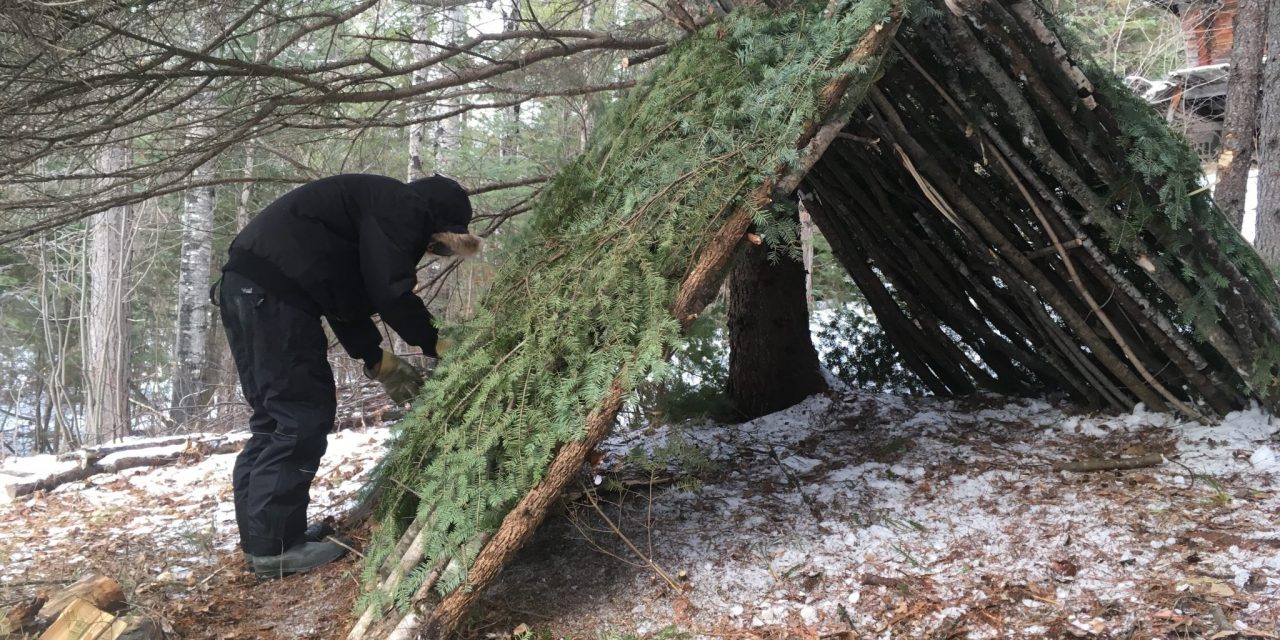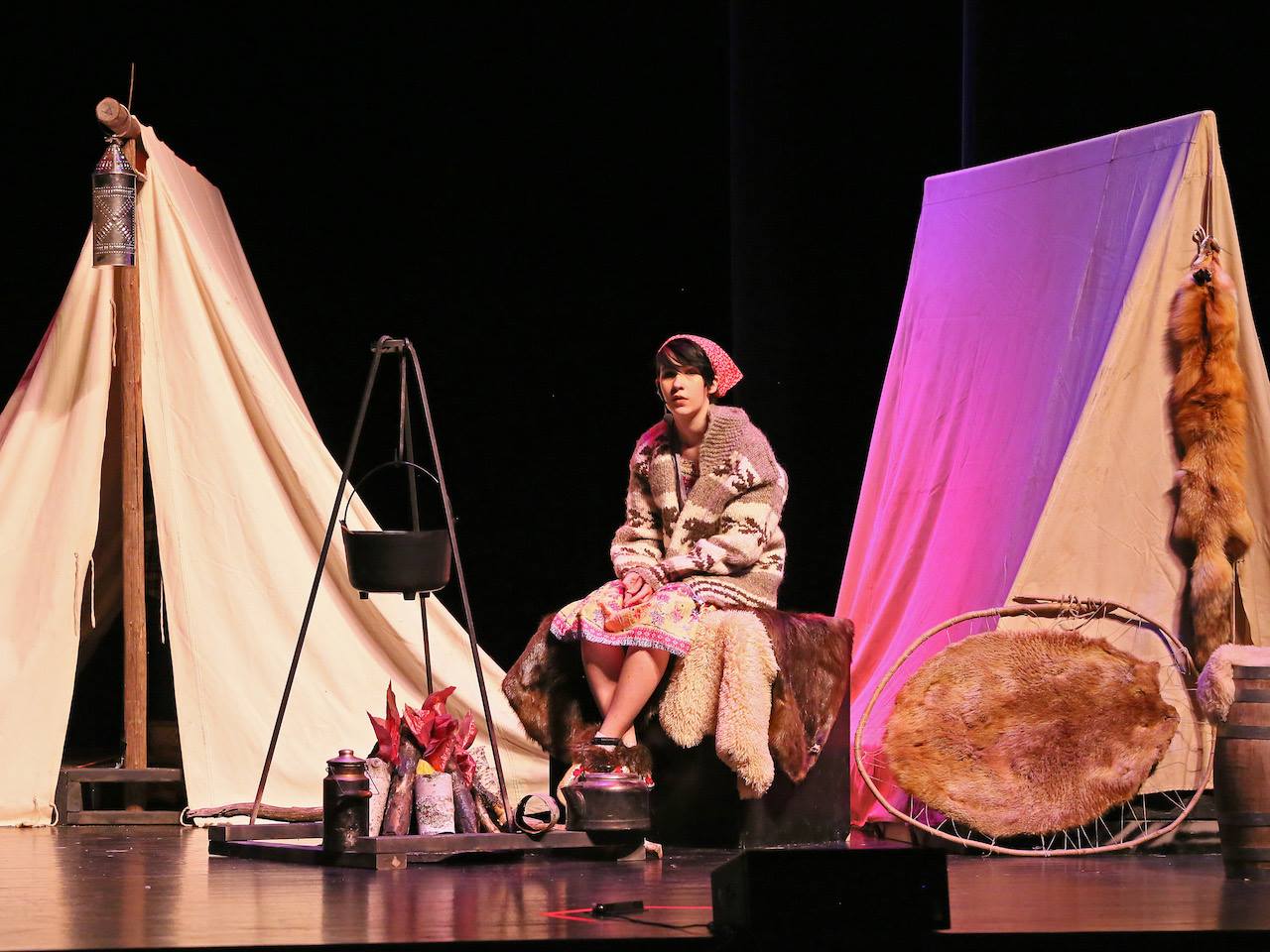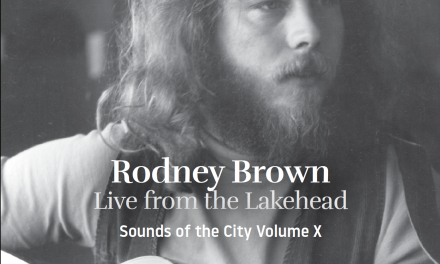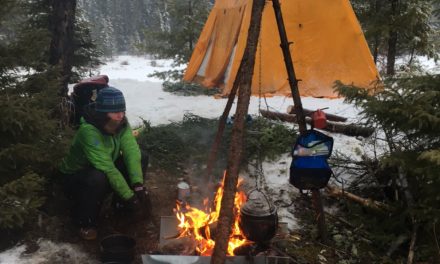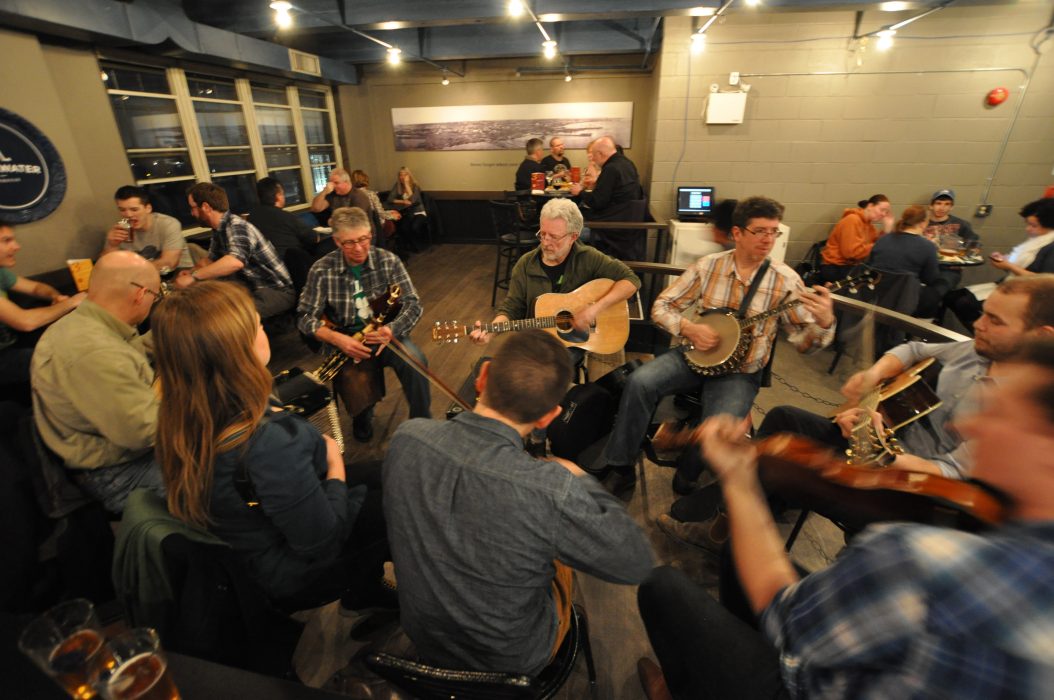Land-Based Education as the Original Classroom
Story by Ayano Hodouchi Dempsey, Photos by Geoff Lindberg
“Winter is the most challenging season of all, but it’s an important part of our life and has a lot of teachings,” says David Thompson, land-based coordinator at Dennis Franklin Cromarty High School. The school incorporates land-based activities into both their courses and their extracurricular activities, and in the winter months, the students go out on the land to fish, snare rabbits and trap martens, and learn dog-sledding and survival skills.
Although DFC has been taking students out on the land for years, the program was expanded since the deaths of seven youths attending school in Thunder Bay. Emphasis on land-based education came about as a way to address the anxiety and fear of students and parents, so that the students could “reconnect with our traditions, our culture, our language and especially the land, because everything comes from the land,” explains Thompson.
 Special education teacher Geoff Lindberg finds that taking students out helps those struggling at school. After getting the green light from the Ministry of Education, he tailored one of the phys-ed courses to focus on the land. “There’s been a great difference [in the students]; there’s someone in a classroom setting who doesn’t want to engage, then all of a sudden, you take them out on the land, and they’re a new person.”
Special education teacher Geoff Lindberg finds that taking students out helps those struggling at school. After getting the green light from the Ministry of Education, he tailored one of the phys-ed courses to focus on the land. “There’s been a great difference [in the students]; there’s someone in a classroom setting who doesn’t want to engage, then all of a sudden, you take them out on the land, and they’re a new person.”
He has led students on various trips maintaining traplines, snowshoeing, and netting fish the old-school way by cutting down trees and making holes in the ice to thread the net through the ice. Some of the students who come from more traditional communities have a wealth of knowledge that they can share with their peers, and they learn leadership skills by mentoring the others. Elders also accompany these outings, teaching in their native language as well as English.
DFC has an Elders’ room at the school; the main Elder John Gagnon is there every day, and there is a rotating cast of others. If the students bring back rabbits from an outing, the Elders show them how to skin it, prepare the hide to be used for trim, make rabbit stew, and have a feast. Sometimes the game is moose, or partridge, or beaver, and the Elders show what to do with each animal. They make bannock for the students to snack on and are essentially like kokums (grandmothers) at the school. They are there not just to teach, but to listen. “I was taught that an Elder should never walk away when a younger person wants to talk to you, or you lose their respect,” says Gagnon.
“Wintertime is also a time of close interaction with people,” says Thompson. “It’s our time of storytelling. You can find stuff in a book, but you won’t find a lot, because we have an oral literacy. To get the essence, the spirit of learning, you need to communicate with the Elders and knowledge keepers.”
“Once you get out on the land, it’s the original classroom,” he adds. ”We’ve gone through this dark period in Canadian history where our culture, language, and land were lost, but now we’re going through a period of resurgence. And it’s very important to bring it in to the schools, because for young Indigenous students, it builds up self-esteem and makes them stronger human beings. Our Elders emphasize the importance of maintaining that core of our cultural teachings, because without that, you’d be lost, and less successful outside of your comfort zone.”


